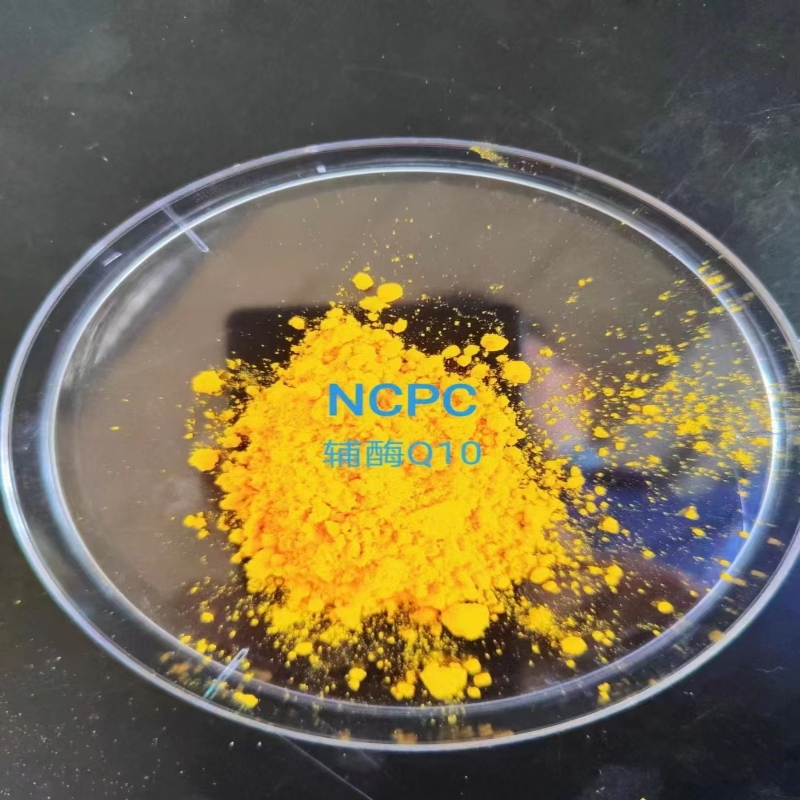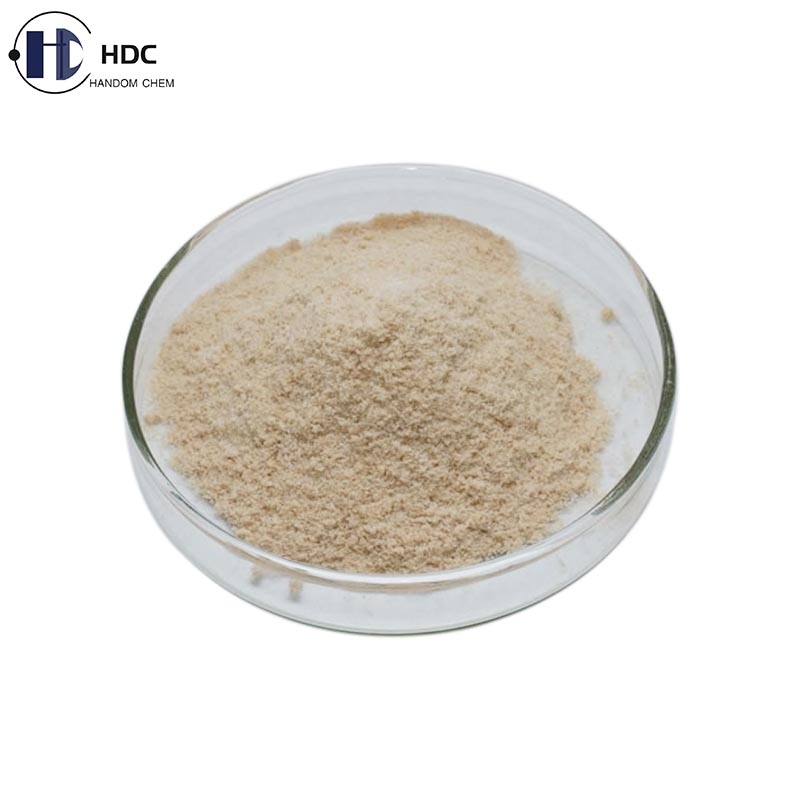-
Categories
-
Pharmaceutical Intermediates
-
Active Pharmaceutical Ingredients
-
Food Additives
- Industrial Coatings
- Agrochemicals
- Dyes and Pigments
- Surfactant
- Flavors and Fragrances
- Chemical Reagents
- Catalyst and Auxiliary
- Natural Products
- Inorganic Chemistry
-
Organic Chemistry
-
Biochemical Engineering
- Analytical Chemistry
-
Cosmetic Ingredient
- Water Treatment Chemical
-
Pharmaceutical Intermediates
Promotion
ECHEMI Mall
Wholesale
Weekly Price
Exhibition
News
-
Trade Service
October 16, 2016 / Biogen / - ligase is an enzyme that plays a key role in cells, helping to connect broken DNA and RNA chains together These enzymes are also important bioengineering tools, which can be used for gene sequencing, mutation detection and other purposes Now, in a new study, researchers from Brown University School of Engineering in the United States have found a new RNA ligase for laboratory use The RNA ligase, known as kod1rnl, was obtained from Thermococcus kodakarensis, an Archaea that thrives near the vent of volcanic heat and can function at high temperatures suitable for some laboratory procedures It also has the strongest activity in the presence of some RNA structures called templates, which makes it suitable for RNA sequencing and detection The related research results were published online in the Journal of RNA biology on October 7, 2016 The paper title is "archaeal RNA ligase from thermoccocus kodakarensis for template dependent detention" "This new ligase has all the properties that we think are suitable for RNA manipulation," said Lei Zhang, the first author of the paper and a graduate student of Biomedical Engineering at Brown University We think it might be a useful tool to add to the biomedical engineering toolbox " Zhang conducted his research in anubhav Tripathi laboratory, a communication author and professor of engineering at Brown University "Our research team has always focused on designing medical diagnostics and molecular therapies, specifically RNA," tripati said In many recent studies, we have designed new molecular detection and platform to detect virus infection and virus mutation rapidly Although we design and build microfluidic platforms and indoor tests, we always rely on ready-made reagents to start these tests " As our designs become more complex, we are increasingly challenged by the lack of specific enzymes such as ligases " In particular, there are few thermostable RNA ligases, that is, RNA ligases that can function at high temperatures Tripathi says studying RNA at higher temperatures can make things easier At room temperature or body temperature, RNA molecules are in a crisscross mess However, when heated, the crisscross structure relaxes and the molecules straighten out "When it comes to RNA, you often want to have a complementary nucleic acid hybridize with it," tripati said When RNA molecules are linear, it becomes very easy When it is confused, many hybridization sites are blocked " The problem is that the temperature required to straighten RNA is often too high for RNA ligases to effectively bind RNA molecules together But kod1rnl is active at temperatures as high as 140 degrees Fahrenheit (60 degrees Celsius), which allows it to be used in laboratory research beyond body temperature The template dependence of this enzyme is also important A template dependent RNA ligase connects one strand of RNA on one template to another only if it matches its neighbor In this new study, Zhang and Tripathi used kod1rnl to connect the designed probes for the detection of Ebola virus RNA transcripts produced in the laboratory Template dependence is also used to detect mutations in RNA This is done by building RNA probes - strands of RNA with mutations of interest These probes have a small "gap" where mutations occur in the RNA chain In the presence of template dependent RNA ligases, these probes then hybridize or pair with the target RNA If the mutation exists in the target RNA chain, the RNA probes will hybridize correctly, and the gap will be filled by RNA ligase If the mutation does not exist, the structure of the heterozygous molecule formed will be destroyed, and RNA ligase will not fill the gap By studying whether the gap has been stitched, researchers can determine whether the mutation exists All of these depend on the extent of template dependence and structure specificity of the ligase Some ligases are naturally more specific than others Referring to kod1rnl, Zhang said, "we found that it is a highly specific RNA ligase In fact, it has a higher specificity than existing enzymes used in the laboratory " Researchers have filed patent applications for the new RNA ligase and hope to work with industry partners to bring it to market (Bio Valley bio Com) this article is the original compilation and collation of Bio Valley, welcome to reprint! Click for authorization For more information, please download Biovalley app Archaeal RNA Ligase from Thermoccocus Kodakarensis for Template Dependent Ligation
Lei Zhang & Anubhav Tripathi doi: 10.1080/15476286.2016.1239688







